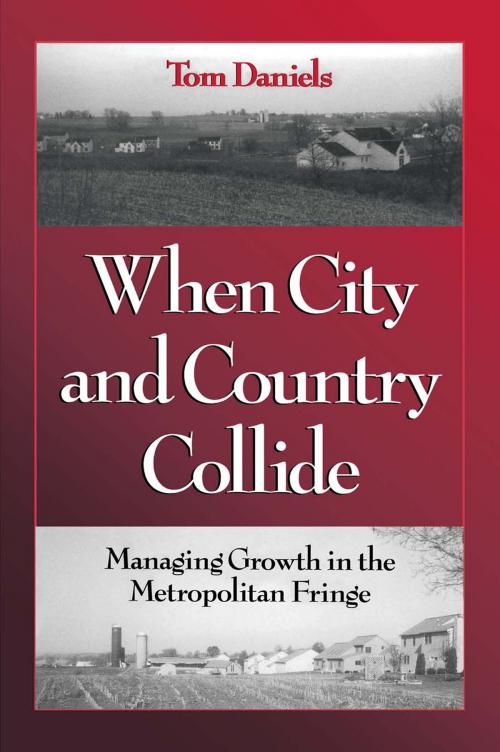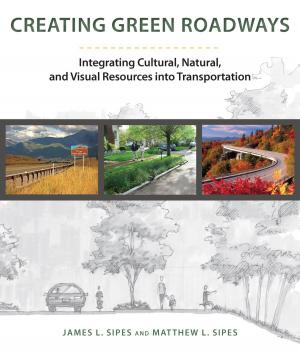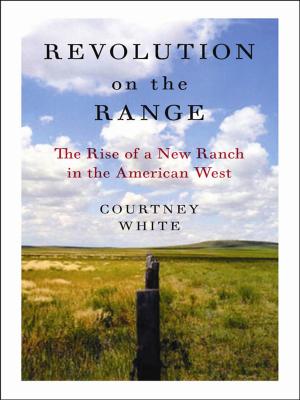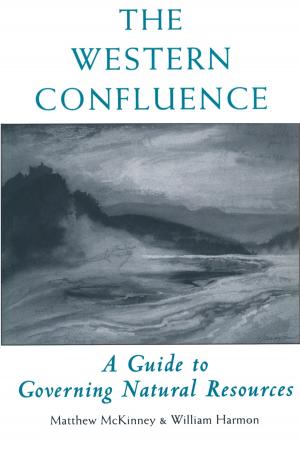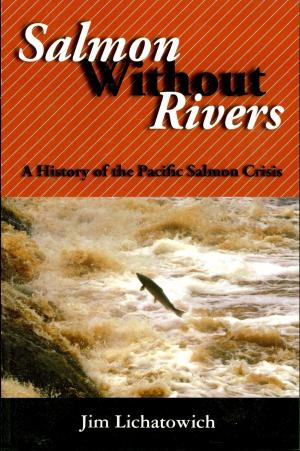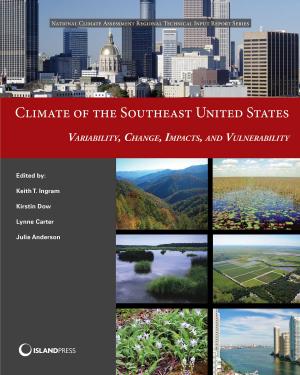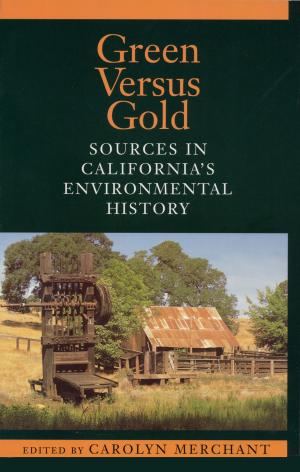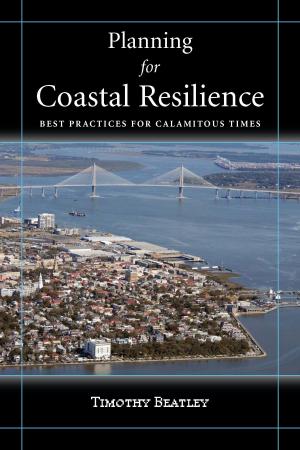When City and Country Collide
Managing Growth In The Metropolitan Fringe
Nonfiction, Art & Architecture, Architecture, Planning, Science & Nature, Nature, Environment, Environmental Conservation & Protection| Author: | Tom Daniels | ISBN: | 9781610913478 |
| Publisher: | Island Press | Publication: | November 1, 1998 |
| Imprint: | Island Press | Language: | English |
| Author: | Tom Daniels |
| ISBN: | 9781610913478 |
| Publisher: | Island Press |
| Publication: | November 1, 1998 |
| Imprint: | Island Press |
| Language: | English |
Strips of urban and suburban "fabric" have extended into the countryside, creating a ragged settlempattern that blurs the distinction between rural, urban, and suburban. As traditional rural industries like farming, forestry, and mining rapidly give way to residential and commercial development, the land at the edges of developed areas -- the rural-urban fringe -- is becoming the middle landscape between city and countryside that the suburbs once were.
When City and Country Collide examines the fringe phenomenon and presents a workable approach to fostering more compact developmand better, more sustainable communities in those areas. It provides viable alternatives to traditional land use and developmpractices, and offers a solid framework and rational perspective for wider adoption of growth managemtechniques.
The author:
•reviews growth managemtechniques and obstacles to growth management
•examines the impact of federal spending programs and regulations on growth management
•presents a comprehensive planning process for communities and counties
•discusses state-level spending programs and regulations
•illustrates design principles for new development
•looks at regional planning efforts and regional governments
•discusses ways to protect farmland, forestland, and natural areas to help control sprawl
The book also features a series of case studies -- including Albuquerque, New Mexico; Larimer County, Colorado; Chittenden County, Vermont; and others -- that evaluate the success of efforts to control both the size of the fringe and growth within the fringe. It ends with a discussion of possible futures for fringe areas.
When City and Country Collide is an important guide for planners and students of planning, policymakers, elected officials, and citizens working to minimize sprawl.
Strips of urban and suburban "fabric" have extended into the countryside, creating a ragged settlempattern that blurs the distinction between rural, urban, and suburban. As traditional rural industries like farming, forestry, and mining rapidly give way to residential and commercial development, the land at the edges of developed areas -- the rural-urban fringe -- is becoming the middle landscape between city and countryside that the suburbs once were.
When City and Country Collide examines the fringe phenomenon and presents a workable approach to fostering more compact developmand better, more sustainable communities in those areas. It provides viable alternatives to traditional land use and developmpractices, and offers a solid framework and rational perspective for wider adoption of growth managemtechniques.
The author:
•reviews growth managemtechniques and obstacles to growth management
•examines the impact of federal spending programs and regulations on growth management
•presents a comprehensive planning process for communities and counties
•discusses state-level spending programs and regulations
•illustrates design principles for new development
•looks at regional planning efforts and regional governments
•discusses ways to protect farmland, forestland, and natural areas to help control sprawl
The book also features a series of case studies -- including Albuquerque, New Mexico; Larimer County, Colorado; Chittenden County, Vermont; and others -- that evaluate the success of efforts to control both the size of the fringe and growth within the fringe. It ends with a discussion of possible futures for fringe areas.
When City and Country Collide is an important guide for planners and students of planning, policymakers, elected officials, and citizens working to minimize sprawl.
